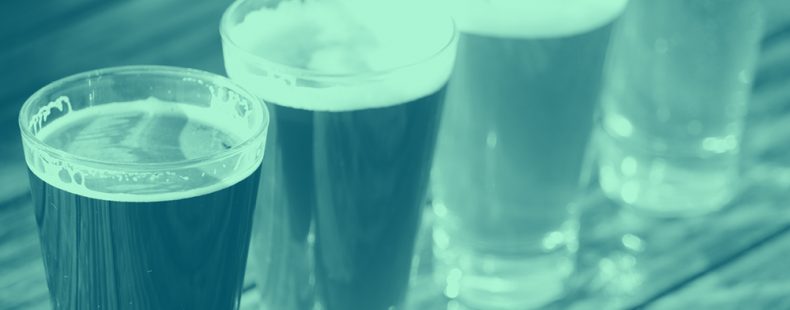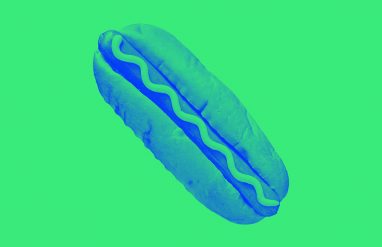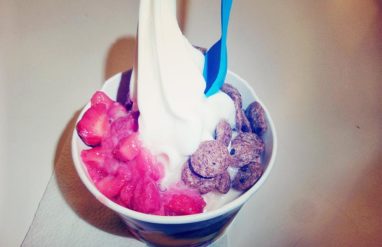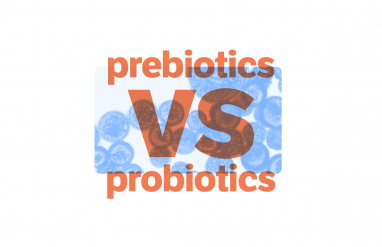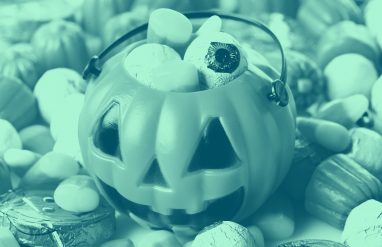C'mon get hoppy!
Gone are days when you could sit down at the bar and simply ask for a beer. That order involves plenty more follow ups these days for one good reason: there are a lot of styles to choose from being made from breweries big and small.
Next time you belly up to the bar, use this handy cheat sheet to learn more about the liquid in your glass.
